For most Europeans, BYD may still be an unfamiliar China automobile brand. Even though the company’s commercial vehicles have begun to encroach on the European bus market, BYD’s passenger cars have never been officially sold in Europe.
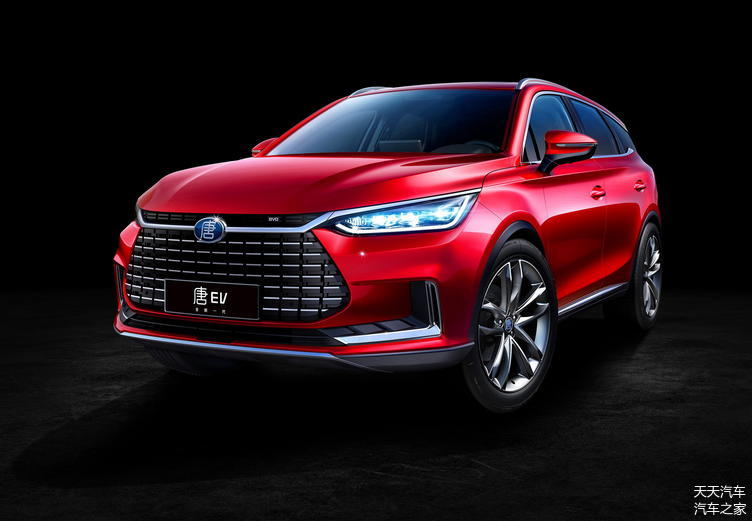
About 20 years ago, BYD began to build cars by reverse engineering (acquiring Qinchuan to obtain qualification and imitating corolla to make F3), which inevitably left a negative image of plagiarism for Europeans (media reports).
However, 20 years later, BYD has already "turned over a new leaf", not only occupying a place in China, but also occupying a 20% share in the European electric bus market. But now, BYD is determined to conquer the European passenger car market with pure electric SUVs. The first stop was Norway, and the first model launched in Europe was the pure electric version of Tang EV.
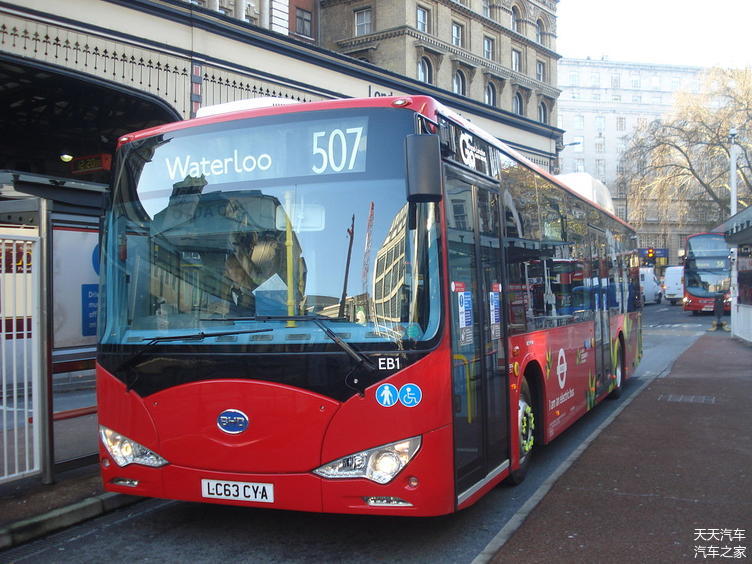
In fact, before Tang EV, BYD exported 50 e6 electric cars to Brussels through a British private leasing company in 2013, when those e6 cars were put into operation as taxis. For Brussels, the choice of BYD electric vehicle is not only a gesture of kindness to China, but also an evaluation of urban infrastructure.
In 2019, many brands in China began to change their strategies and planned to open the door to the European market with pure electric vehicles.
For example, Aiways entered Germany in 2019, and not only cooperated with Gumpert, but also obtained the EU vehicle certification issued by Rheinland Group. At present, it is planned to sell U5 models in Europe in the second quarter of 2020, and then U6 will be launched.
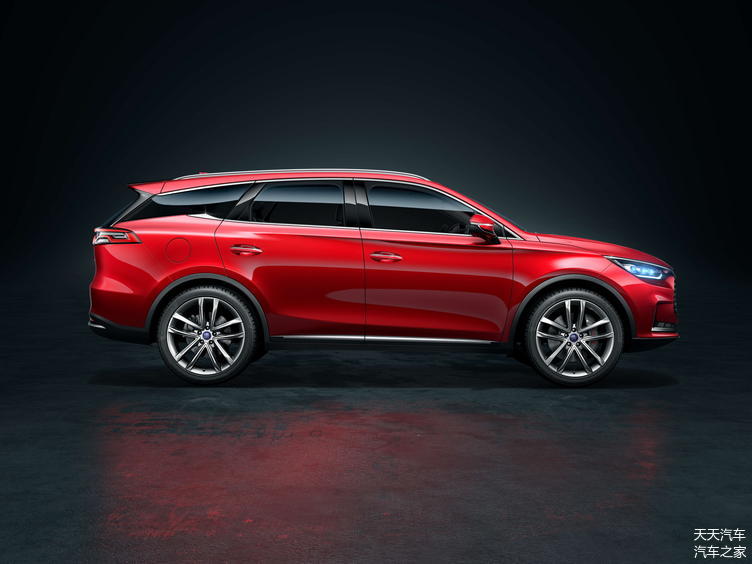
In addition, MG also moves frequently in the UK. First, it launched the electric version of ZS in Norway and the Netherlands in 2019, and now it is announced that the Roewe Ei5 branded MG5 will be sold in the UK in the fourth quarter of 2020. And MG also revealed that according to market feedback, it will expand the electric vehicle business from the UK to the European continent in due course.
Based on this, as a leading enterprise in the domestic "new energy" market, BYD will naturally not miss this development opportunity. BYD’s advantages are self-evident. In addition to vehicle research and development capabilities, it also holds core technologies and production materials in the battery part, so it also has its own advantages in entering Europe.
According to the information provided by European media peers, BYD launched the EV600 in Norway in late 2020, which is actually a pure electric version of Tang EV with a battery life of about 500km (data from the Ministry of Industry and Information Technology). At present, Tang belongs to the flagship product in the dynasty family series and is already the second generation model.
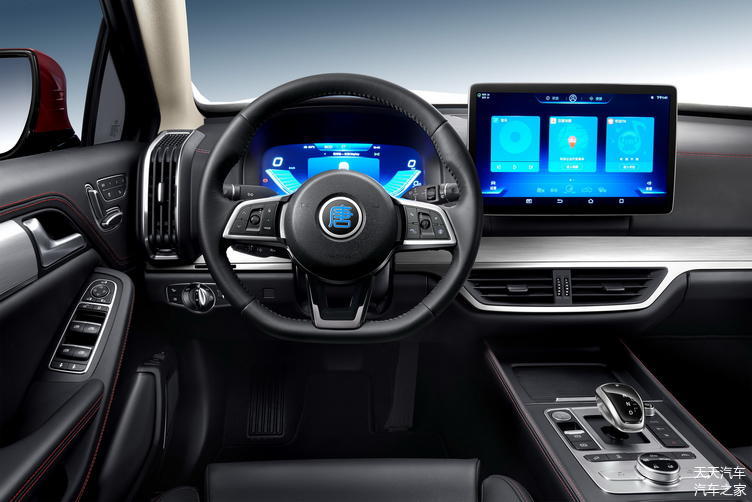
Its shape was created by former Audi designer Wolfgang Eiger and adopted the design concept of Dragon Face. The adjustment of the chassis is handled by Hans, a former Daimler engineer. On the whole, this generation of Tang actually has many European ideas in it.
However, in terms of overall size, BYD Tang is a leapfrog player, with a length, width and height of 4870/1950/1725mm and a wheelbase of 2820mm respectively, and its overall figure is close to that of BMW X5, so it is more appropriate to define it as a medium-sized SUV. In fact, in addition to the five-seat version, Tang can also provide seven-seat and six-seat versions, and the seat combination is relatively rich.
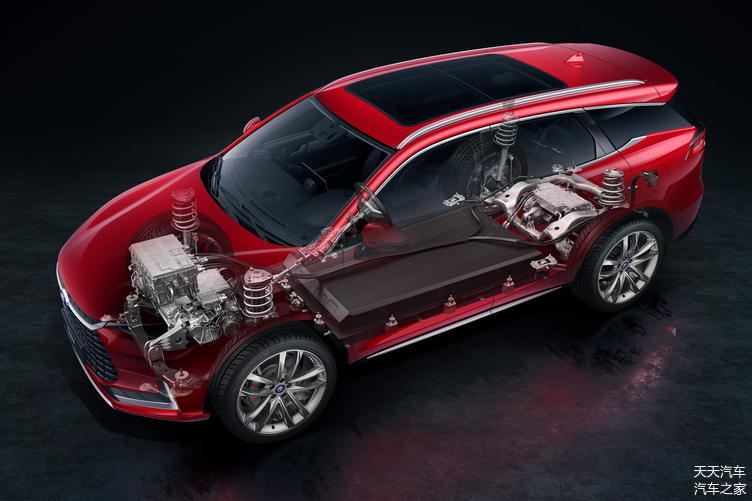
In the power part, Tang EV has two chassis layouts: front drive and front four-wheel drive. The maximum power of the front drive version is 180kW, and the acceleration of 0-100km/h is 8.5 seconds. The maximum power of the four-wheel drive version is 360kW, and the acceleration of 0-100km/h is 4.4 seconds.
However, the battery capacity of the two versions is 82.8kWh, but the cruising range is different: the predecessor version is 520km, and the four-wheel drive version is 500km (data from the Ministry of Industry and Information Technology).
There will probably be some questions-"Why the first stop is the Norwegian market", in fact, this is not a problem. Isbrand Ho, general manager of BYD Europe, said: "Norway is the most widely purchased market for electric vehicles in Europe, where the share of electric vehicles is high and the construction of charging facilities is perfect."
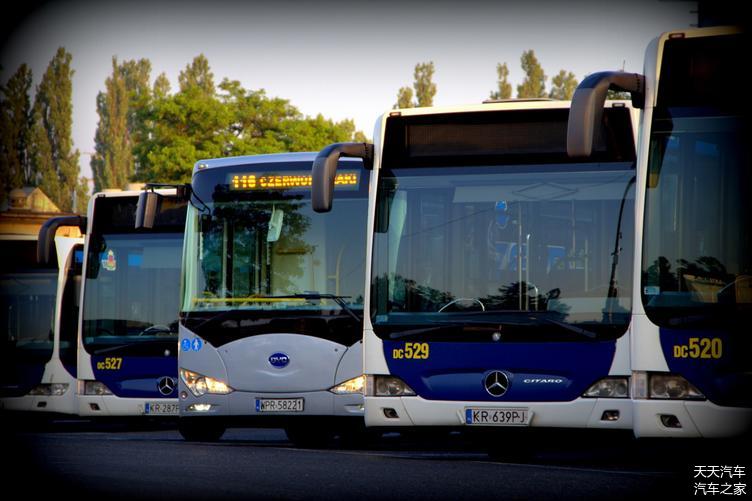
In fact, the data can also support the above statement. As early as 2014, one out of every 100 cars in Norway was an electric car. By 2018, the proportion of electric vehicles exceeded 10%.
By the end of March 2019, data released by Norway showed that Norway had a population of 5.3 million, including 226,000 registered electric vehicles, with the highest per capita share in Europe.
In terms of policy, Norway plans to stop selling traditional fuel vehicles in 2025, and Terje Moe Gustavsen, director of Norwegian Road Administration, also predicted that there may be 1.5 million electric vehicles in Norway by 2030.
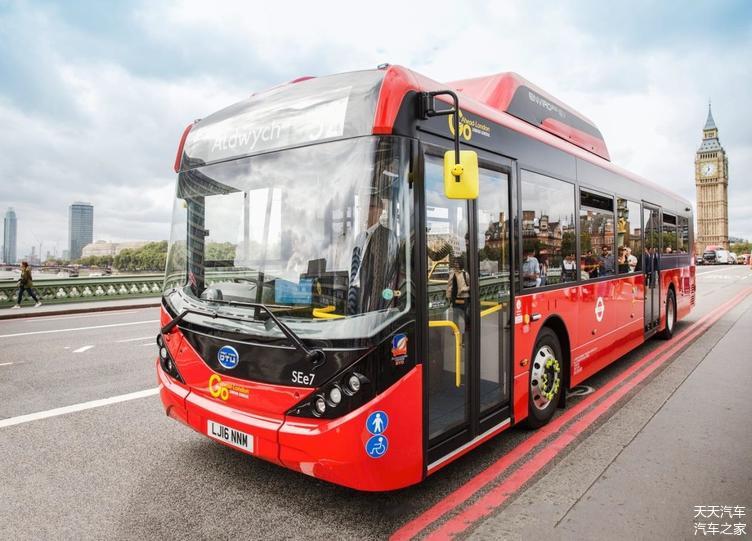
From the perspective of product layout, BYD’s ambition is certainly not limited to passenger cars, but actually wants to walk on two legs, faster and more stable.
As we said earlier, BYD won 20% share of European pure electric buses (bus market) long before Tang EV, and will export vans, 7.5 tons of light trucks and 19 tons of tractors to Europe, and continue to occupy the European electric CV (commercial vehicle) market.
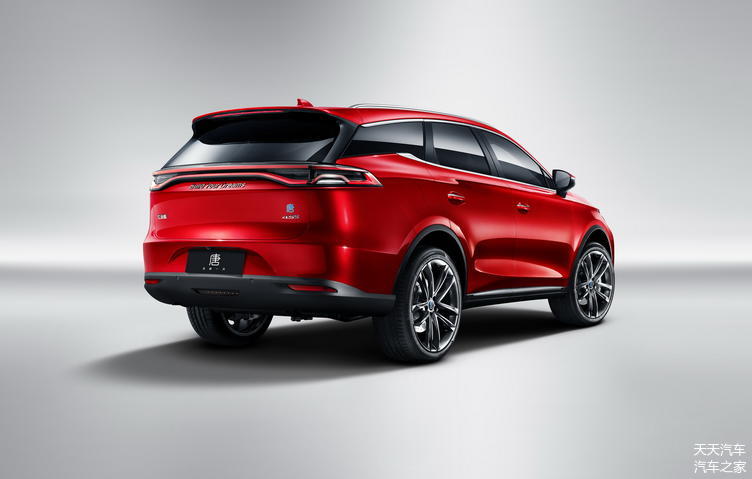
Facts have proved that BYD’s real "killer" lies in EV, not the traditional internal combustion engine car. However, in the Norwegian market, the real leader is Tesla, and Americans have an absolute lead. A good play is about to be staged … (Written by | Steve)
关于作者